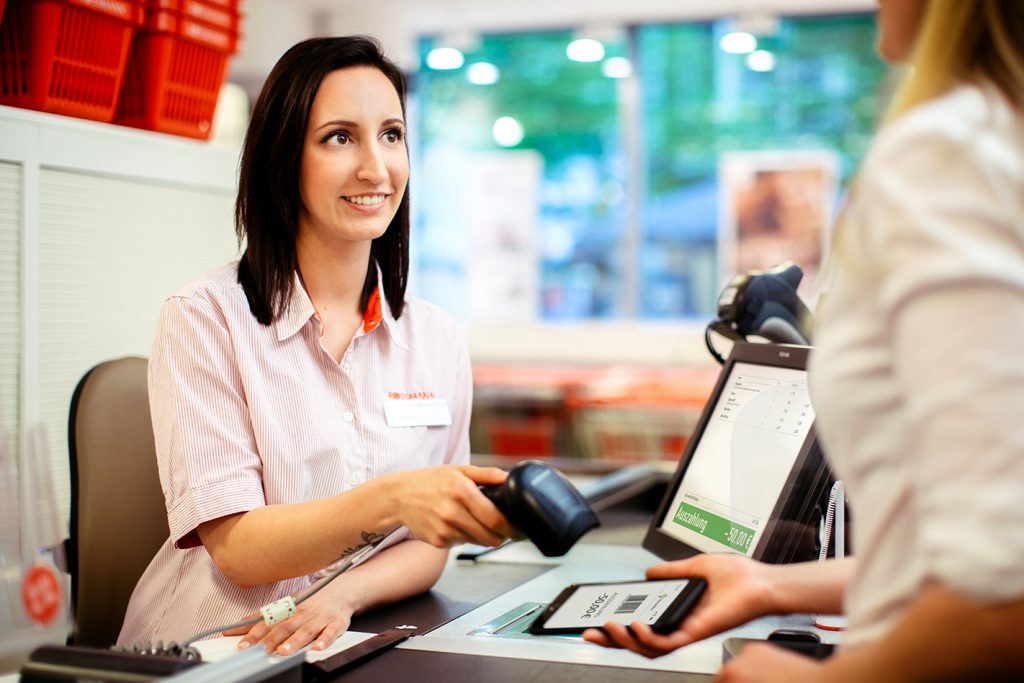Couponing is a trend that originated in the USA. There it was already used in the 1950s as a means of customer loyalty and is still very popular today. In Germany, the marketing measure started with a rather inglorious name: The discount brand. It grants customers various monetary benefits, such as discounts on products or the addition of a free item, among other things. Many consumers still associate couponing with cut-out paper coupons and a form of sales promotion that has fallen out of fashion.
Industry in upheaval
In purely economic terms, however, it offers enormous potential: as a fixed component of the marketing mix of companies worldwide, couponing has established itself as a measure for acquiring new customers and for cross-selling and up-selling. The total amount of rebate value paid out to retailers by the clearing houses in 2020 corresponds to approximately 170 million euros with about 22 billion coupons distributed in the market.
In fact, traditional paper coupons no longer reflect the current zeitgeist, in which consumers only take their cell phones with them when they go shopping and tend not to consume advertising brochures printed with coupons at all. The entire industry is facing a paradigm shift and current developments and trends are emerging.
Trend 1: Automation leads to a lean process
A fully automated process from redemption to settlement saves both issuers and retailers time and money. Automation reduces maintenance time by eliminating the need to maintain the barcode area and shopping cart validation for each coupon promotion from different issuers. The manual counting and validation of paper coupons, an error-prone and tedious task, also becomes redundant through automation. Automatic billing and campaign creation also enable the switch from campaign-based to flexible coupon promotions.
One industry that will benefit significantly from this trend is that of newspaper publishers. Up to now, the billing process between retailers and wholesalers has been largely analog and “manual”: redeemed paper vouchers are sent by the retailer to the responsible press wholesaler in haptic form; a scan is not accepted. The wholesaler, in turn, must manually record and book this voucher in his billing system. Only then, up to 14 days later, will the retailer be refunded the corresponding voucher amount. In a pilot project between the Association of German Newspaper Publishers (VDZ) and viafintech as a technology leader with a platform-based API solution, the settlement of voucher campaigns between some publishers and Rewe supermarkets has been digitized since the beginning of 2022.
Trend 2: Multinational couponing for mobile globetrotters
More and more issuers want to run coupon promotions in several countries at the same time, so the trend is towards pan-European coupon promotions. This is also due to more mobile consumers who consume in different countries and no longer just in one place. Technology partners that are internationally positioned and enable the connection to retailers in different countries at the same time are indispensable here. This saves time compared to negotiating with different trading partners in individual countries and provides access to new customer groups.

Trend 3: Digital couponing – the catapult into the 21st century
The paper coupon has a decisive disadvantage compared to the digital coupon: it must reach the customer in physical form and be available to them at the right moment. Digital discount coupons, on the other hand, sent to a cell phone via a mobile website/mobile landing page/coupon app site, SMS, Bluetooth, for example, are usually always at hand. In addition, a digital coupon can be personalized in a much more targeted manner and its use can be evaluated virtually in real time. This, in turn, enables targeted campaign management and a faster response to specific market events.
According to the “Mobile in Retail 2019” study by GS1 Germany, digital coupons still play a minor role with a share of 20 percent. However, this is mainly due to the fact that the required technologies and processes at the POS are not yet optimally set up. Digital coupons will become massively more important in the future.
| Past | Future | |
| Issuer | – Issuing paper-cut coupons – No real targeting – High cost per redeemed coupon | – Digital coupons – Unique coupons – Cheaper and better customer targeting |
| Customer | – Collect paper-cuts and coupon booklets – not convenient – Bad targeting leads to dissatisfied customer | – Wants to consume coupons from a variety of Issuers/Websites/Apps – Use of coupons increasing more and more through better targeting and supply |
| Retailer | – Counting tons of paper coupons – Every single campaign must be programmed into cash register | – Fully automated redemption and settlement – Has to keep up with customer wishes and has to accept all sorts of digital coupons |
(Source: viafintech)
Trend 4: Individual couponing for individual consumers
Consumer preferences in promotions are highly individual, and companies can address this with individualized coupons. Tracking can first generate customer data, such as where and when a particular coupon from a general campaign was redeemed. This data is then used to create unique coupons that are played out exclusively to certain users or user groups. The evaluation of the redemption data is then the basis for further individual coupons. This trend also offers a link between the online and offline worlds of retail.
The prerequisite for this is a globally addressable technical interface, such as viafintech’s Europe-wide API connection to around 20,000 POS. However, there must be a database that stores the individual coupon codes. The pioneer here is GS1, which has set a new global standard in the world of coupons with the Global Coupon Number (GCN). GCN provides simple and unique coupon labeling that can be correctly identified anywhere in the world.
Smart couponing – the discount brand comes of age
Overall, all coupon trends are currently moving towards smart and global solutions so that coupons can do more in the future: Provide issuers with digital, traceable customer data and offer consumers individual, timely offers.
In food retailing in particular, many of these trends have not yet arrived. There is a lack of implementation of new cutting-edge technology at the POS in some cases, and a lack of new providers in the market who can deliver the required infrastructure. There are immense economic advantages and customer loyalty potential, for example, in the press range, to return to the above example. According to VDZ buyer market research from November 2021, it is no longer the newspaper kiosk but the grocery store that is the strongest sales channel for publishers, generating annual sales of 2.2 billion euros with the press range – more than the annual sales in the grocery retail sector with product groups such as apple juice, dental care products or laundry detergents.
About the author:
Ulrike Czekay has been responsible for all topics related to corporate communications and marketing at viafintech since 2018 and accompanied the re-branding from Barzahlen to viafintech/viacash.
For over 10 years, she has held a wide variety of positions in PR, from agency to start-up to corporate.

